2.4 Safe Food Handling Procedures
2.4 Safe Food Handling Procedures
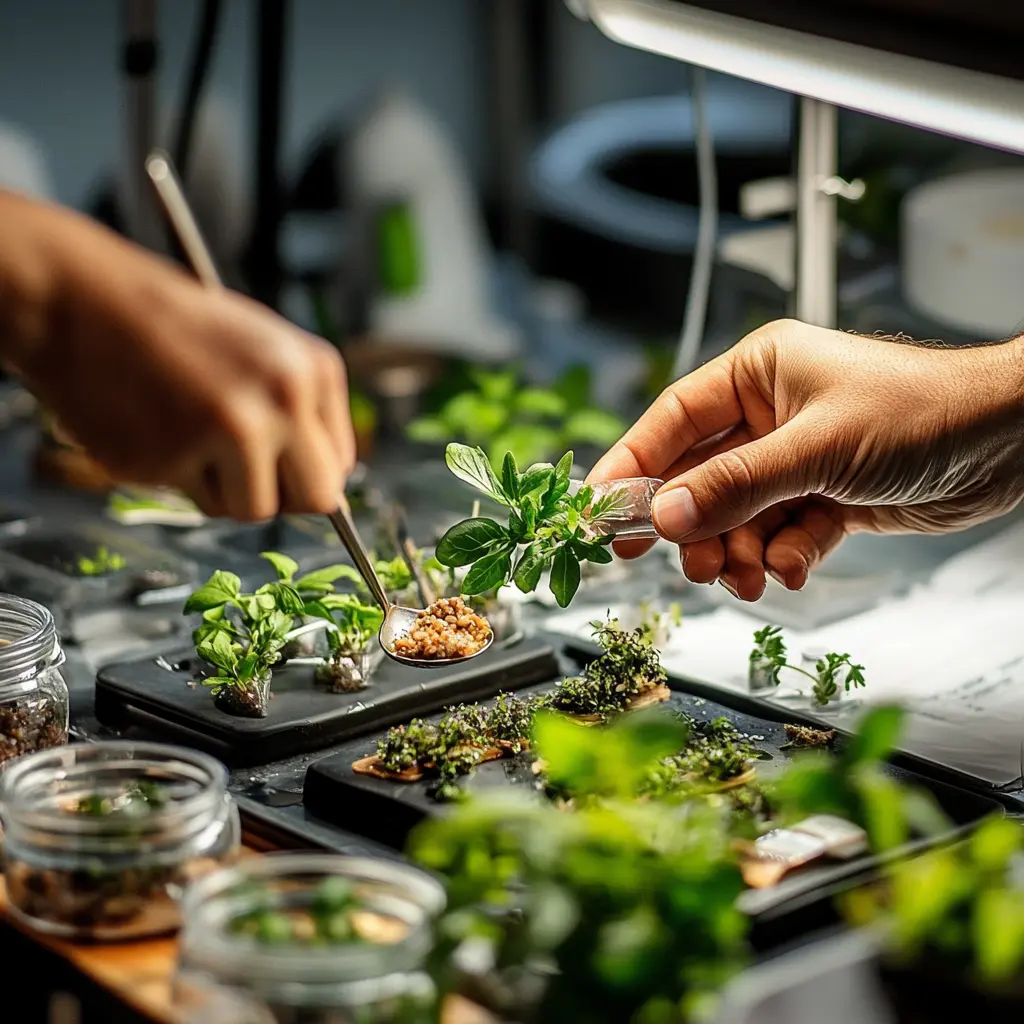
Making Food Handling Easy to Understand
When you're in the kitchen, keeping food safe is like protecting your team and your guests from harm. Let's break it down step by step so everyone understands why and how we handle food safely.
Key Principles of Safe Food Handling
Why Safe Food Handling Matters
Think of bacteria like invisible troublemakers—they love to grow in certain conditions.
By following safe food practices, you:
Stop bacteria from growing.
Avoid food making anyone sick.
Make guests feel confident that their food is safe and delicious.
The Big Rules for Food Safety

Keep Food at the Right Temperature
Cold foods should stay cold
below 5°C
Hot foods should stay hot
above 60°C
Avoid leaving food in the "danger zone" 5°C–60°C where bacteria grow quickly.
Use Tools
Always use tongs, or deli paper when handling food guests will eat without cooking.
Wash hands before touching food.
Use Older Food First (FIFO)
FIFO stands for First In, First Out. Use the oldest stock first to avoid waste.
Keep Foods Separate
Raw food and ready-to-eat food should never touch. This prevents cross-contamination.
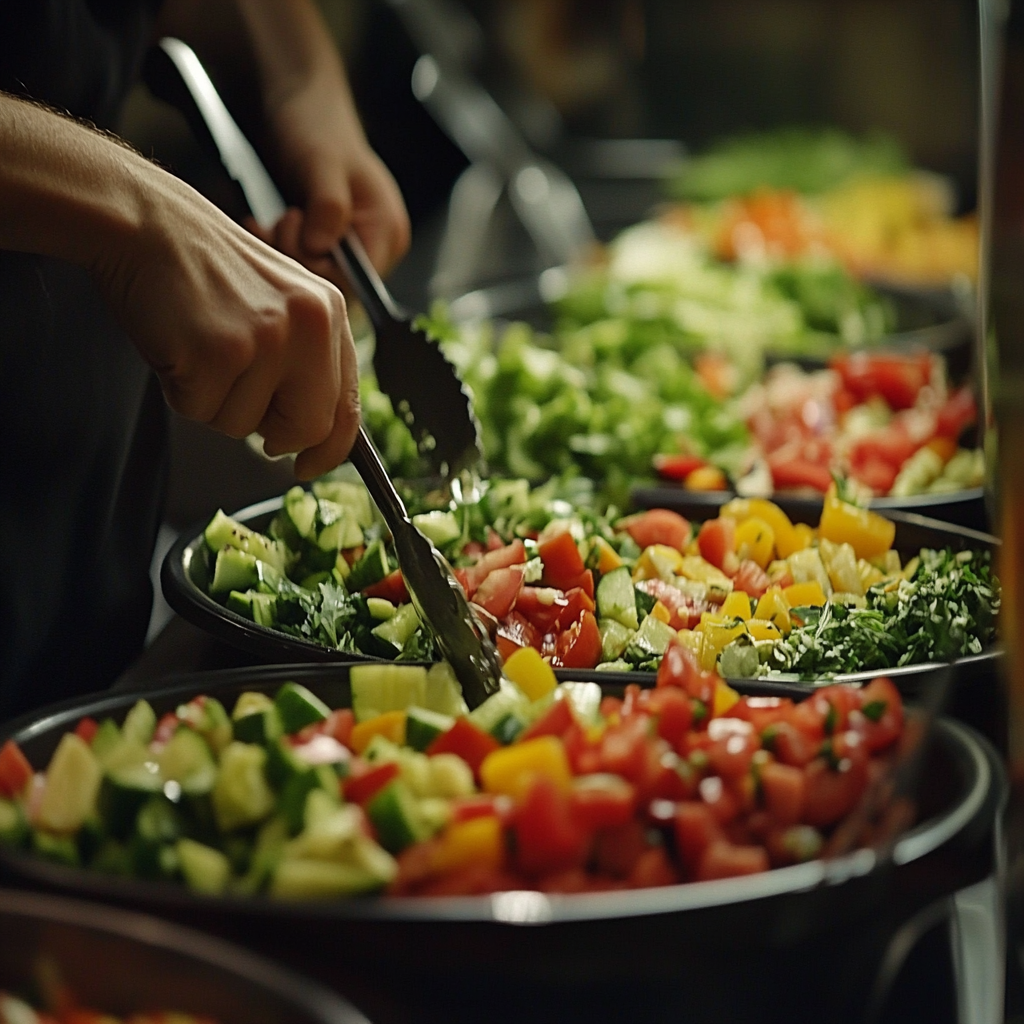
Use color-coded cutting boards so you always know which one is for raw, cooked, or allergen-specific foods.
Receiving and Storing Ingredients
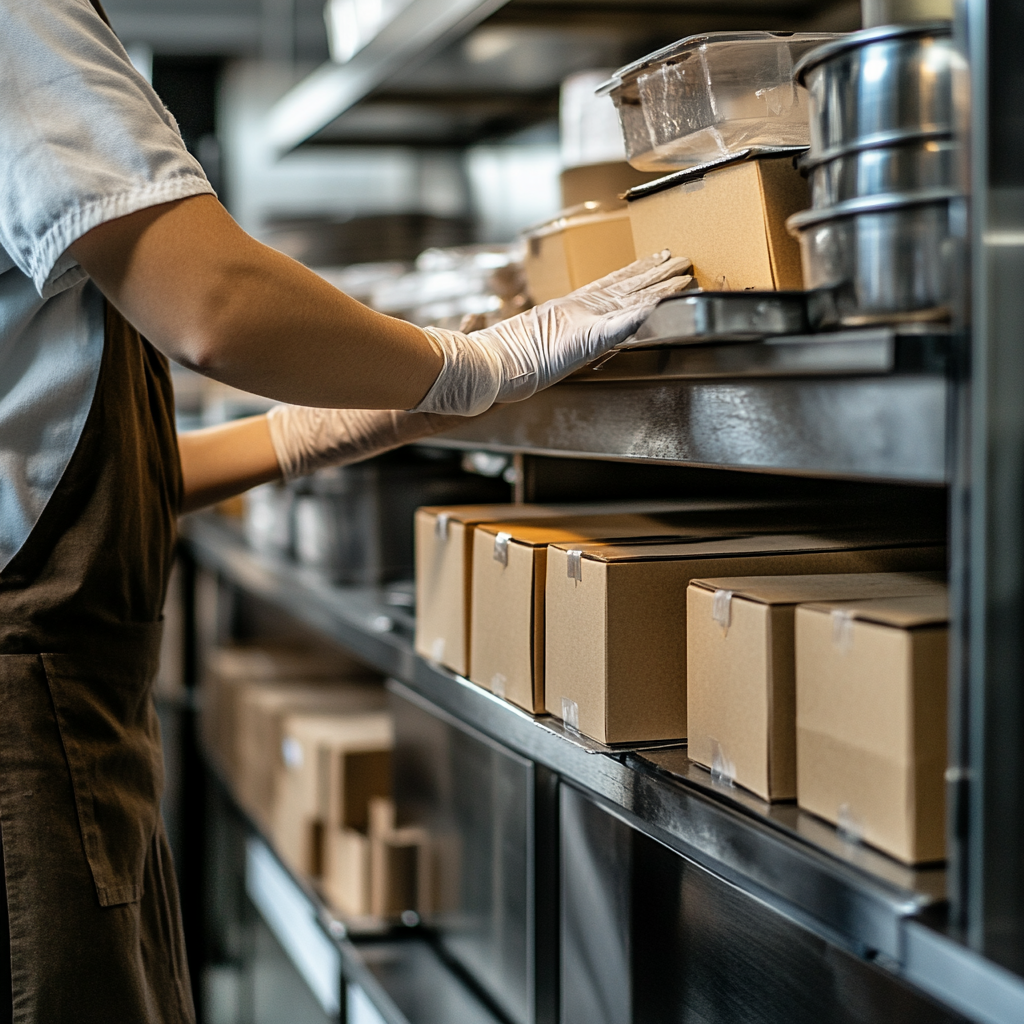
When Food Arrives
Check the temperature: Cold foods should be below 5°C/41°F, and frozen foods should still be frozen solid.
Reject items with bad smells, broken packaging, or signs of spoilage.
Storing Food Safely
Put food in the fridge or freezer immediately.
Keep raw foods below ready-to-eat foods in the fridge to avoid drips.
Dry goods should be stored in cool, clean spaces at least 15 cm (6 inches) off the floor.
Cooking Food Safely
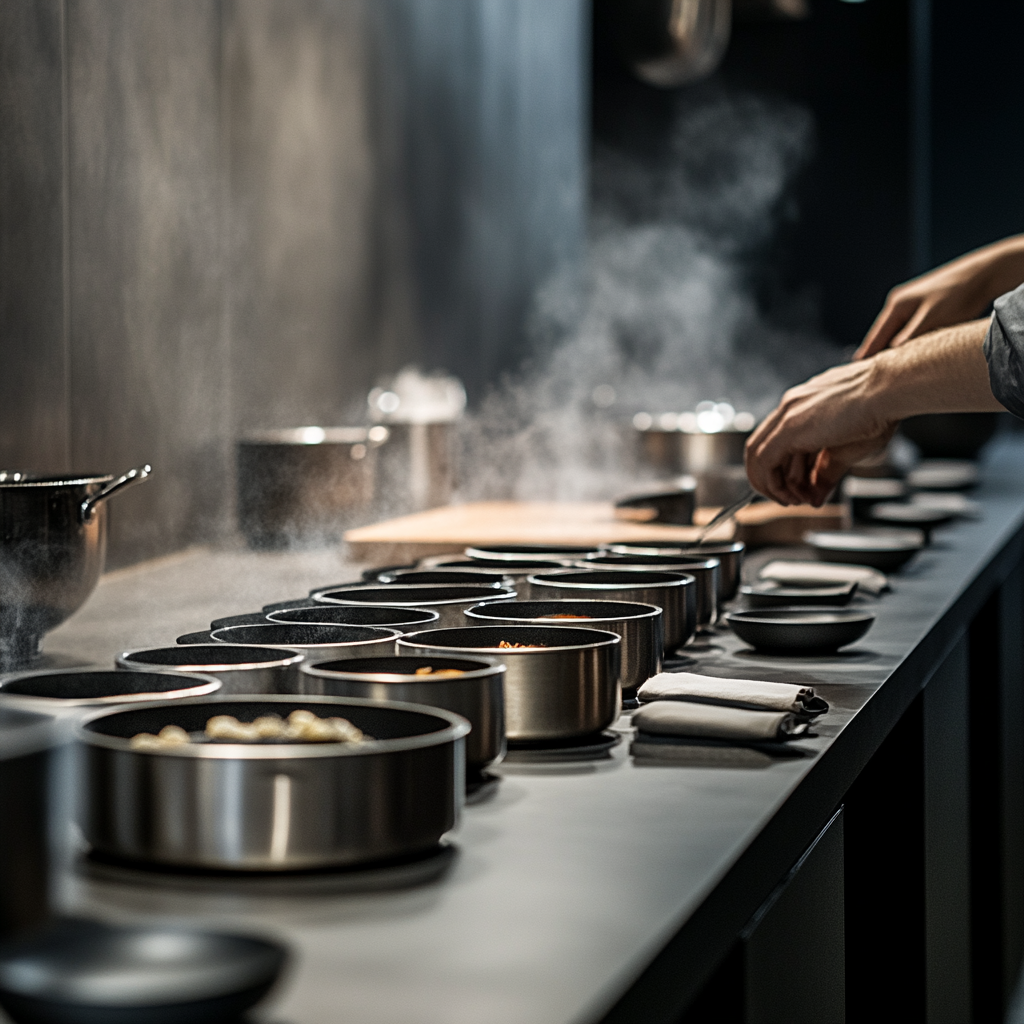
Prepping Food
Clean everything before starting: counters, knives, cutting boards—everything!
Keep raw and cooked food separate while working.
Cooking Temperatures
Plant-based foods should be cooked to at least 74°C to kill bacteria.
Use a thermometer to check the temperature—it’s like a food safety superhero.

Cooling and Reheating
Cool food quickly to avoid bacteria growth:
Cool from 60°C to 21°C in 2 hours, then to 5°C within 4 more hours.
Reheat food to 74°C before serving.
Handling Allergens Carefully

What’s an Allergen?
Allergens are foods that some people react to, like nuts, soy, or gluten. Cross-contact can cause serious allergic reactions.
Steps to Stay Safe
Use separate tools, boards, and utensils for allergenic foods.
Clean and sanitize everything after working with allergens.
Double-check with the guest and your team to avoid mistakes.
Serving and Holding Food
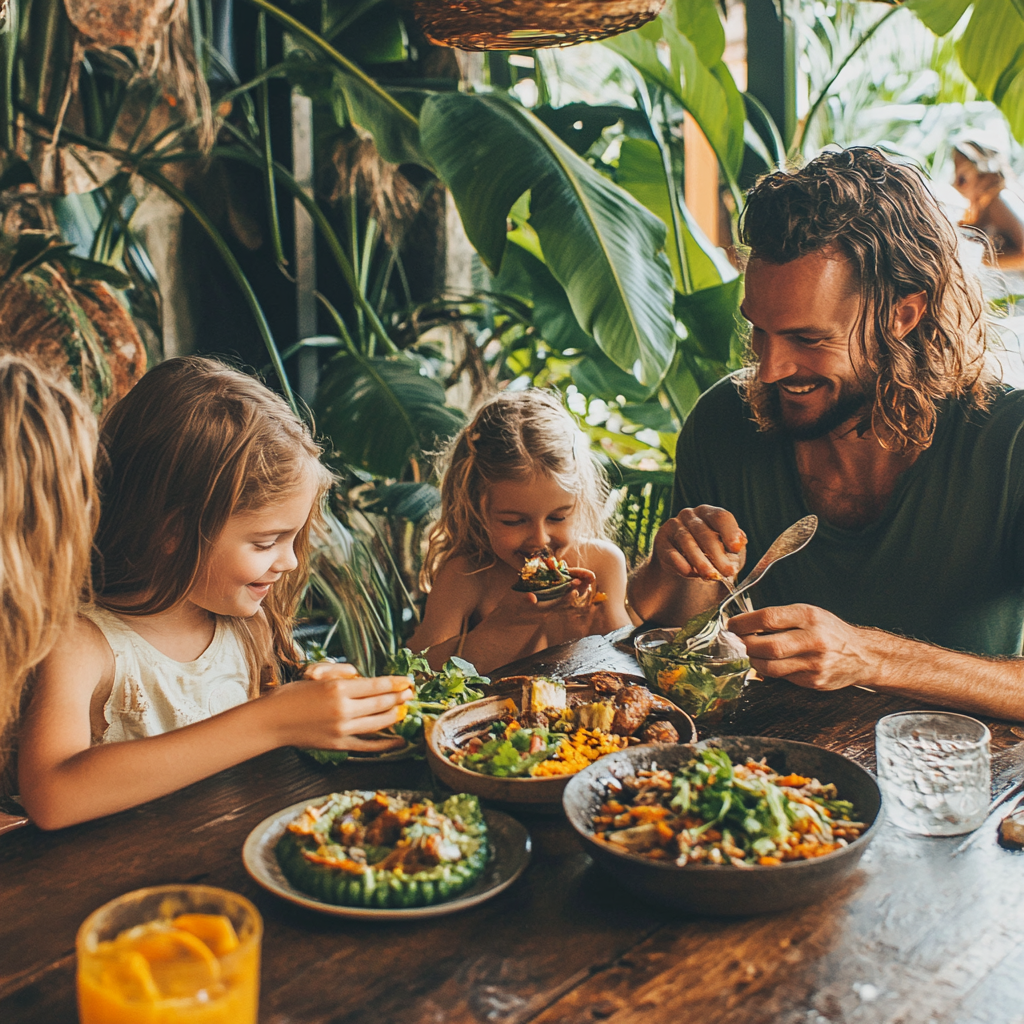
Hot Foods
Keep hot foods at 60°C or higher using hot boxes or steam tables.
Cold Foods
Keep cold foods at 5°C or lower using ice baths or refrigerated containers.
Clean Serving Tools
Always use clean utensils and replace them often.
Clean Hands, Safe Food
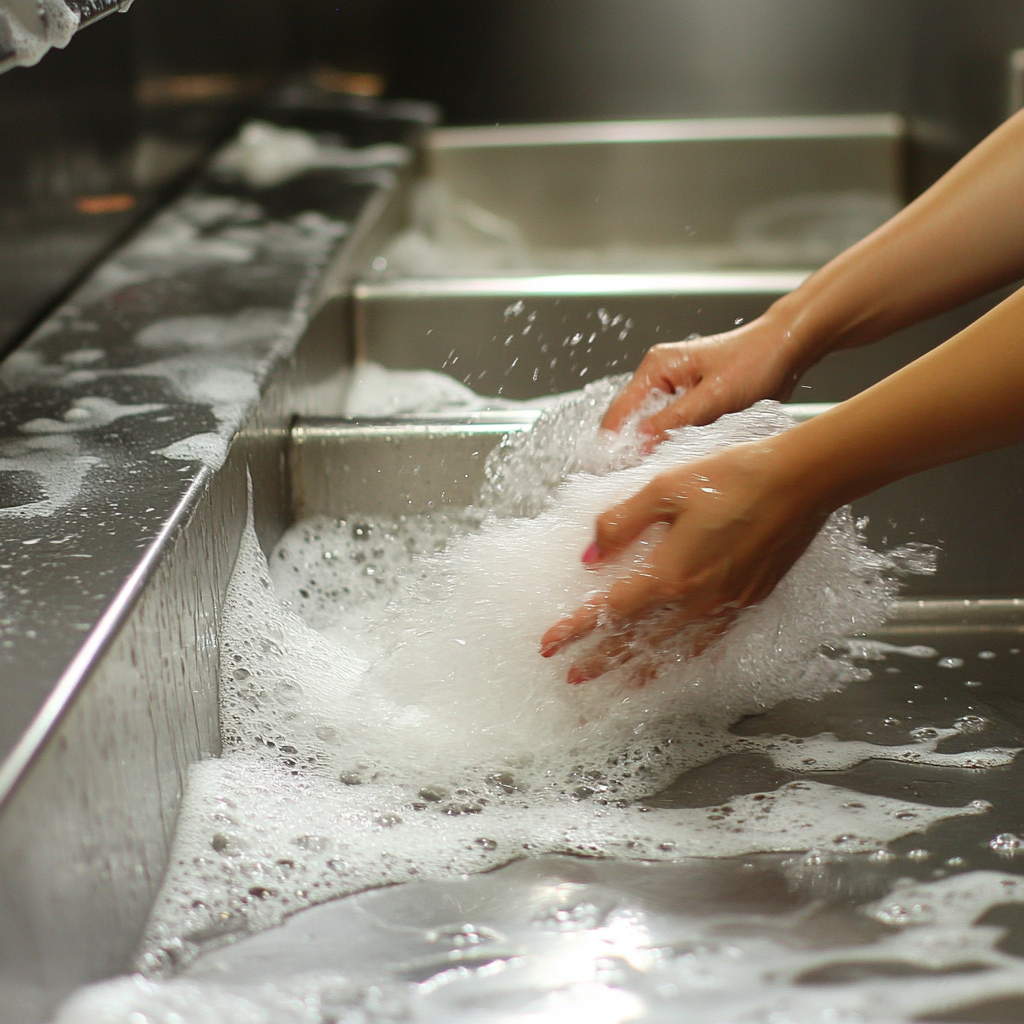
Wash hands after touching raw ingredients, trash, or your face.
Dry hands with paper towels or air dryers, not reusable cloths.
Keep nails clean and don’t wear nail polish or fake nails—they trap bacteria!
Safe Food in an Open Kitchen

Guests can see you, so always work clean and organized.
Wipe surfaces often and sanitize tools where guests can see—it builds trust.
Checking and Tracking
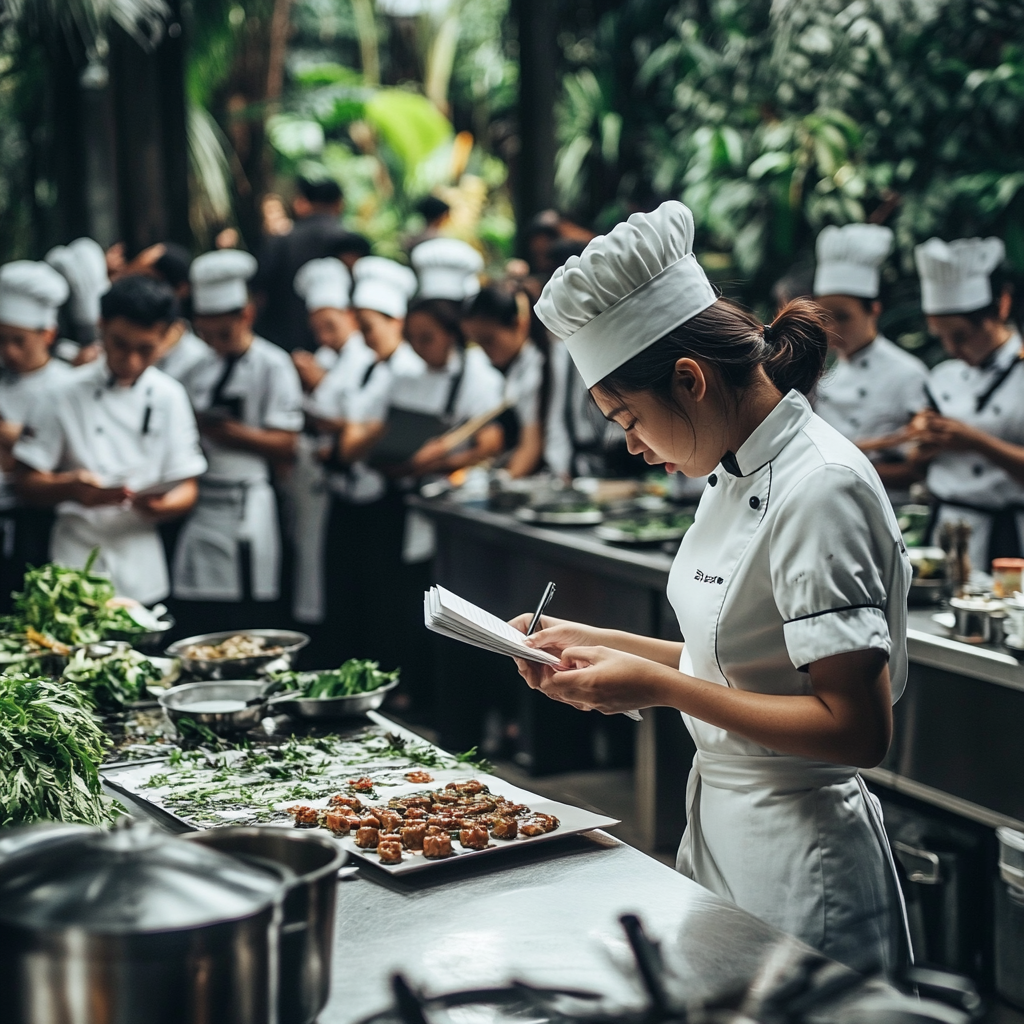
Daily Logs
Record fridge and food temperatures every shift to prove everything stays safe.
Team Accountability
Everyone should check their work and follow food safety steps. Supervisors will inspect regularly to keep everyone on track.
Making Safe Food Fun
Think of food safety like teamwork! Everyone has a role to play, from cleaning tools to checking temperatures. When everyone follows the rules, you create a clean, safe kitchen that guests will trust and love. Every step you take makes a difference!
There are no comments for now.